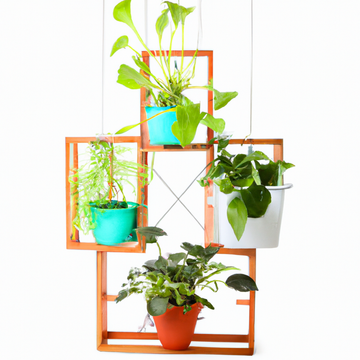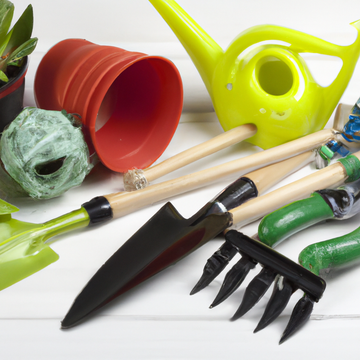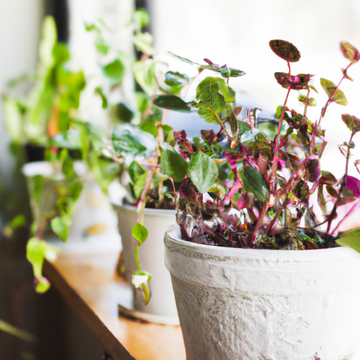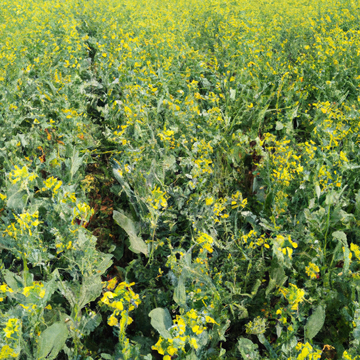Neem Oil For Plants: Guide to Keep Your Plants Healthy
by Saru Kaushish on Mar 10, 2023
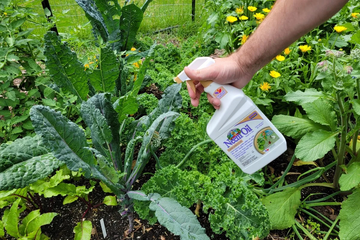
Plants are essential for the environment, so caring for them is a serious responsibility that shouldn't be ignored. There are several factors to be considered when caring for plants, such as type of soil, quantity of water, and amount of sunlight they receive. Using natural remedies to protect plants from diseases and pests is crucial to plant care, and Neem oil pesticide is among the most effective herbal treatments for plants. Every gardener should have this excellent all-natural fungicide and insecticide in their toolbox.
Neem oil extract for plants is a natural remedy for various garden pests that can be applied to indoor and outdoor plants. When using it on your plants you should remember a few things which will be discussed in this blog post
What is Neem Oil?
Neem oil, one of nature's most effective remedies for controlling pests, is extracted from the fruits, seeds, and bark of Azadirachta indica tree, an evergreen native to South Asia, particularly India and some regions of Africa. Most sections of the tree can be used to extract neem oil for plants, but the seed kernels have the highest insecticide concentration. Azadirachtin, which is an active substance, is present mostly in the seeds.
In addition to its insecticidal qualities, neem oil has numerous other traditional uses. The seeds have been traditionally used to make wax, oil, and soap. Recently, it has also found usage in many organic cosmetic products. Neem oil has several other applications, but gardeners laud it for its anti-fungal and pesticidal qualities.
How Does Neem Oil Work?
For indoor and hydroponic plants, using neem oil as a foliar spray or "leaf shine" is beneficial. The spray shields the leaves from fungus and other ailments. Both indoors and outdoors, it is very powerful against spider mites.
The majority of neem pesticide for plants are made by combining the tree's crushed seeds with water or a solvent like alcohol. For organic gardening, cold-pressed oil is preferred. Cold pressed neem oil is always best as this process extracts oil from neem seed kernels without affecting its chemical compounds like azadirachtin and its chemical properties.The potency of the oil's active components is influenced by its various processing techniques.
Azadirachtin is the most commonly extracted compound from neem seeds and other parts of the neem tree. In all-purpose insect sprays, azadirachtin is mixed with soaps or other organic-listed substances.
Additionally , azadirachtin can be obtained as a separate extract and used to fight against mites, moth larvae, and beetles. It functions by interfering with the hormones in the bug that regulate feeding, growth, and reproduction. The component azadirachtin is not the only one in neem oil that is known to be effective against pests.
According to Cornell University's "Resource Guide For Organic Insect and Disease Management.", Neem oil extract for plants contains approximately 70 chemicals, many of which are believed to have insecticidal or repellant qualities,
When to Use Neem Oil on Plants?
Neem oil can repel pests and eradicate those already present during an infestation.
Neem oil should be used in the morning and night. Neem oil shouldn't be used during the day because it might burn plants when combined with sunshine.
Neem oil kills pests at all stages of their life cycles, including when they are eggs, larvae (grubs), pupas, and adults. Therefore, it is effective during the entire growing season.
What Kind of Pests Does Neem Oil Protect Plants Against?
Some of the most prevalent and challenging-to-control bugs and insects that gardeners encounter can be controlled with neem oil pesticides. This includes the corn earworm, whitefly, flea beetle, spotted cucumber beetle, Mexican corn beetle, cabbage looper, and the Colorado potato beetle. It can also destroy Japanese beetles, thrips, mealybugs, fungus gnats, and other insects.
Additionally, it deters and messes with the life cycles of nematodes and spider mites, and this disruption of life cycles reduces the numbers and gradually leads to extinction. Neem is said to prevent 170 distinct insect species from feeding and four separate orders of bug species from growing. Additionally, termites, different caterpillars, and aphids are all directly harmed by it.
Also, black spots, powdery mildew, mould scab, rust, sooty, anthracnose, and leaf spot can all be successfully treated with neem oil.
Neem Oil Does Not Harm Beneficial Insects
As long as neem oil is not sprayed directly, honey bees and other pollinators like butterflies are expected to be unaffected by neem oil, . The chemicals it contains do not affect earthworms, predatory mites, and some helpful insects like ladybugs. According to the National Pesticide Information Center, Neem is practically non-toxic to mammals and birds.
It is thought that even after repeated application, insects won't be resistant to neem because it has so many active components and affects them differently.

How to Use Neem Oil for Plants?
There are several ways to use neem oil for plants. The most common method is to mix neem oil with water and spray the solution directly onto the plant's leaves, stems, and soil. The neem oil solution can also be applied to the plant's roots by watering the soil with the solution or using a soil drench.
To make a neem oil solution, you will need the following:
- Neem oil
- Water
- Liquid soap or detergent (optional)
Instructions
- Put water in a spray bottle.
- Neem oil should be added to the water in 1-2 tablespoonfuls. The precise quantity will vary based on the size of your spray container and the neem oil concentration you're applying. Neem oil should be added to a quart of water at one teaspoon per quart.
- Mix in a few drops of liquid dishwashing soap or detergent if desired. Neem oil adheres to the plant's leaves and stems better due to the soap.
- To combine the fluid, vigorously shake the spray bottle.
- Spray the neem oil solution evenly and liberally onto the plant's soil, leaves, and stems.
- Apply again every 7 to 14 days or as often as necessary.

